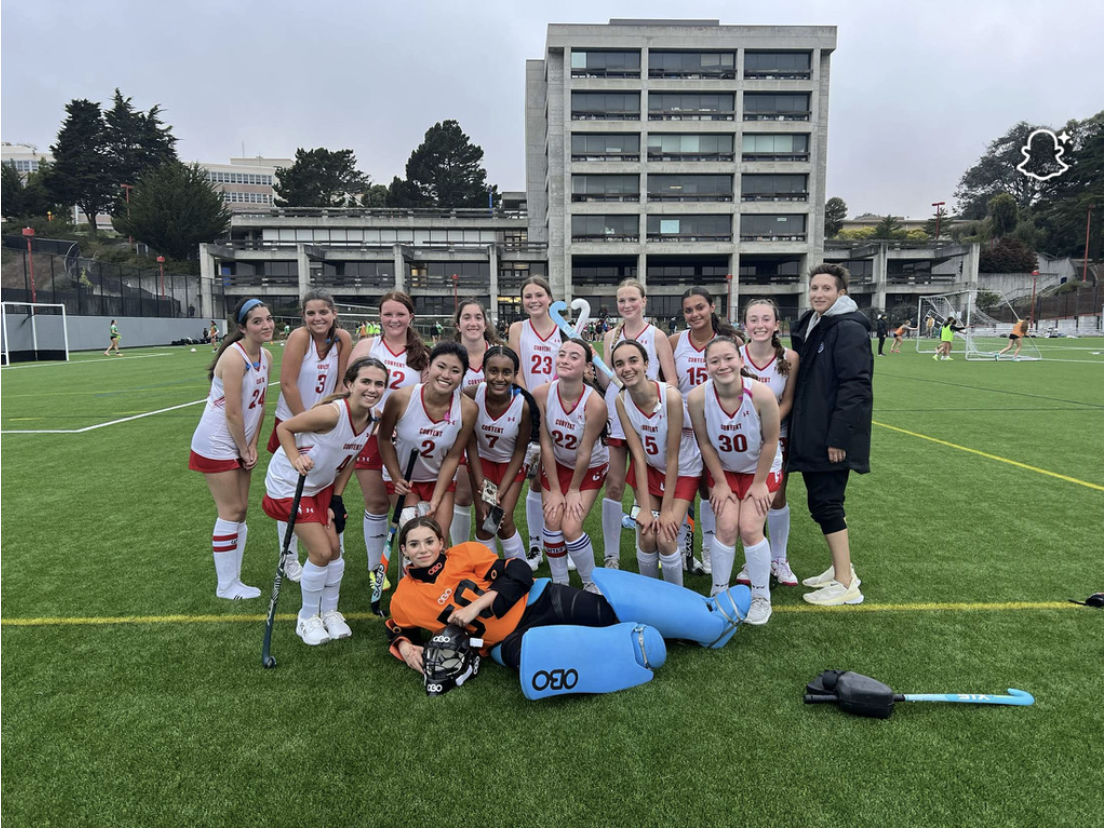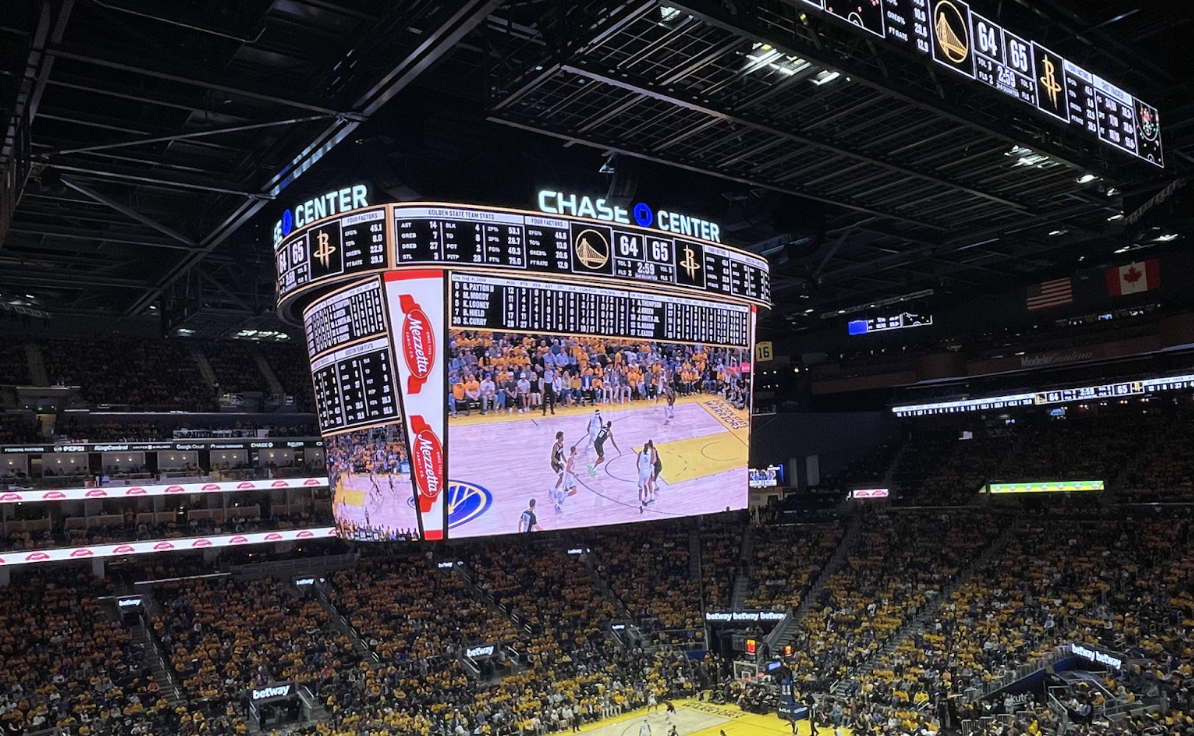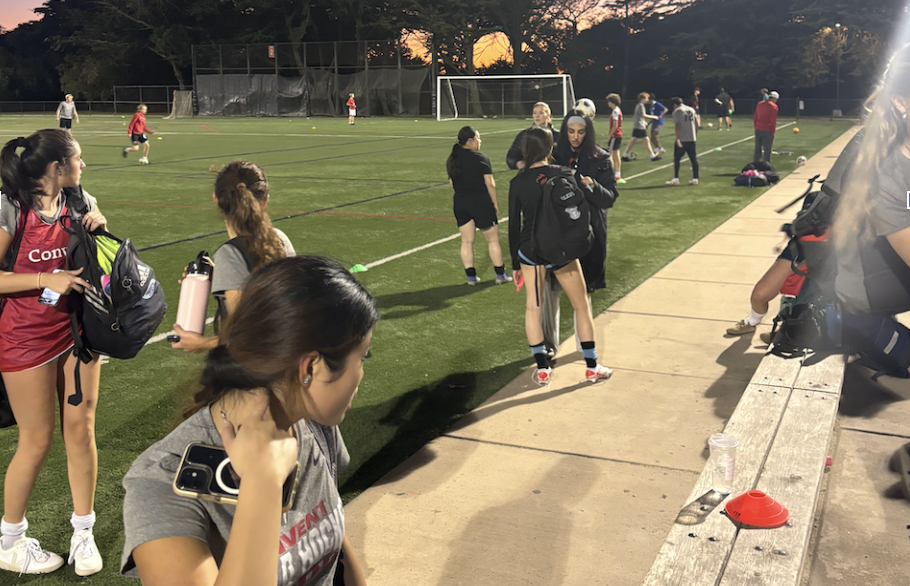Camilla Bykhovsky
Senior Reporter
 The gun goes off and 200 racers begin the 3-mile trek in 84 degree heat around the Stanford Golf Course. Passing the first mile mark, the race begins to separate into the faster and slower paced runners.
The gun goes off and 200 racers begin the 3-mile trek in 84 degree heat around the Stanford Golf Course. Passing the first mile mark, the race begins to separate into the faster and slower paced runners.
Our coach, standing under the timing booth, yells out our first mile split time; 5:46. I went out too fast and needed to slow my pace to keep a consistent speed so that I would be able to finish the race strong.
Passing the 2-mile mark, I began to feel slightly light-headed and my legs began to cramp up, but I disregarded these feelings, as most runners under these conditions would be experiencing similar fatigue.
I was within the top 10 placers, so I needed to keep going, but as I progressed down the course, it became harder to breath, and with every step I took, I felt my legs almost give out from under me.
Just seconds from the 800-meter mark before the finish, I felt the ground begin to move and the sun became much brighter — almost blinding — and I collapsed mid-stride. Determined to keep going, I helped myself up, but it seemed an impossible task, and I blacked out.
The next thing I remember is being carried from the course, and people yelling for an emergency cart to take me to the medical tent.
The nurses kept telling me to take deep breaths to slow my heart rate because my blood pressure was 180/60.
I was dehydrated, and due to the over-exertion put on my body, I collapsed. I tried fighting the nurses, but eventually had to submit because if my heart rate did not decrease, I would go to the hospital. A few moments later, I had an IV inserted.
I had never pushed myself running through such a horrible feeling, and after this incident, I was worried that I would never have the ability to fully exert myself without becoming petrified.
My next race was the following weekend, and I feared that this feeling might overcome my body once again.
I have never felt fear for something I am so passionate about, so approaching the starting line, memories from the past weekend flooded my mind.
After having talked to my coach, I knew what I had to do: to clear my mind, drink water before the race, relax and rely on my talent and training rather than over-thinking and psyching myself out.
I started the race very hesitant, at a slow, jogging pace, and after about a mile, I realized how much time I had to make up if I was going to even come close to my previous time.
I pushed myself, even harder than I did at Stanford, and starting passing people, improving my time and my place.
I felt fatigued, but because of the frightening experience I had endured, I now knew my limit and I could now push myself within my own boundaries.
I finished the race stronger than I had ever been able to, learning how to care for myself in preparation for a big event, but more importantly, to push myself enough to fulfill my potential, but not too hard that I crack under the pressure.








